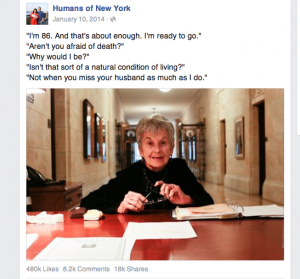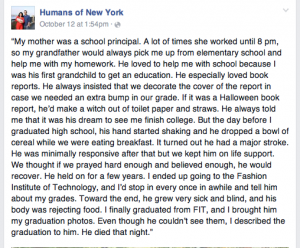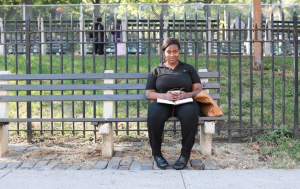When the creators of Facebook first produced a social networking website designed to connect people to people, they simultaneously produced an opportunity to connect people to the deceased. While death on Facebook is only one medium in which recent technological advancement is problematic, its impact is felt in a variety of forms.
Facebook has altered the ways in which death is processed, communicated, and shared. It is a virtual reality that resembles a sort of living reality in problematic ways. Individuals navigate informing groups of people on the death of a loved one through status updates, sharing pictures, and writing on the deceased profile wall. It often elicits an immediate response from individuals whose lives were touched by the deceased in one way or another. It provides a medium for individuals who know the deceased to express their condolences apart from the mortuary ritual, and gives those who do not attend it a place to grieve within a virtual community. Another layer of complexity is added when people interpret others’ Facebook posts or comments on the deceased without knowledge of their relationship to the deceased. While posting something for one person may be cathartic, another may view it as disrespectful. This is one area where individual worldviews can be disputed.
In my experience, posting comments about the cause of death is extremely controversial especially in cases of unexpected deaths. This leads to a number of questions on what is considered respectful to the deceased in virtual forums. Facebook has a peculiar paradoxical quality of seeming both private and public. If we take this problem further we encounter how the mere existence of the deceased profile affects the living.
Facebook acknowledges these kinds of issues by providing information in its Help Center.
Societies develop rituals to deal with the process of death. Is Facebook beneficial or detrimental in allowing unlimited access to grief and mourning?




